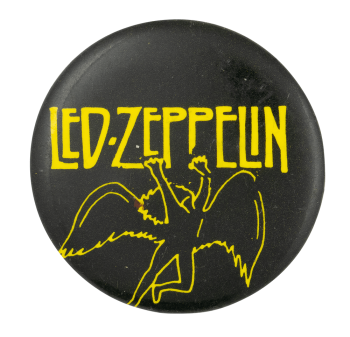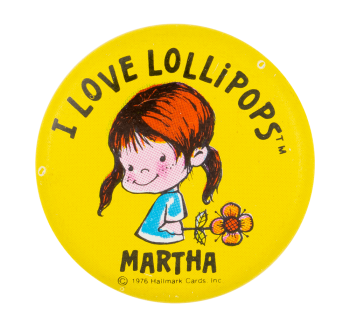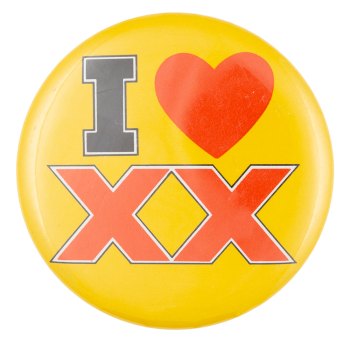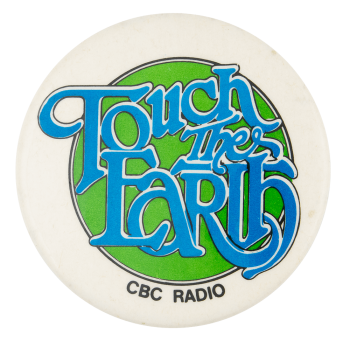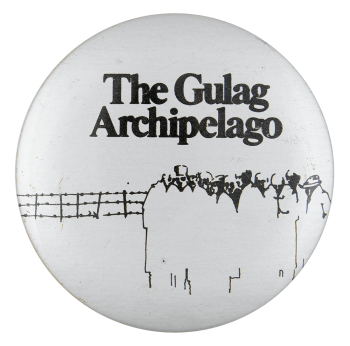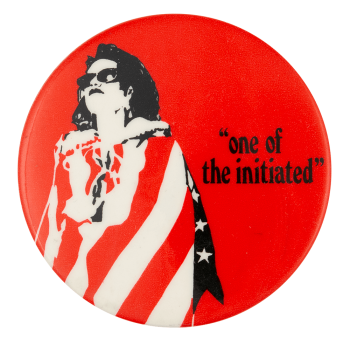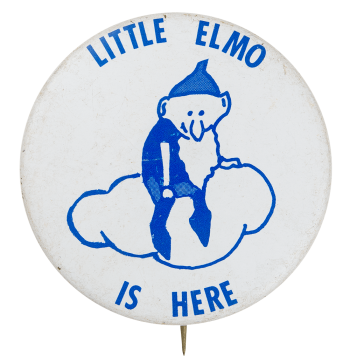MTV Silver
| Category | |
|---|---|
| Additional Images | |
| Sub Categories | |
| Text on Button | MTV MUSIC TELEVISION |
| Image Description | Orange, blue and white text over black text on a silver background |
| Back Style | |
| The Shape | |
| The Size | |
| Year / Decade Made | |
| Additional Information | MTV or Music Television is an American television channel that launched on August 1, 1981. It originally aired music videos (the first being “Video Killed the Radio Star” by The Buggles) but programming has changed on MTV over the years to include gameshows, reality shows, documentaries, and other music and non-music related entertainment. |
| Catalog ID | MU0540 |



